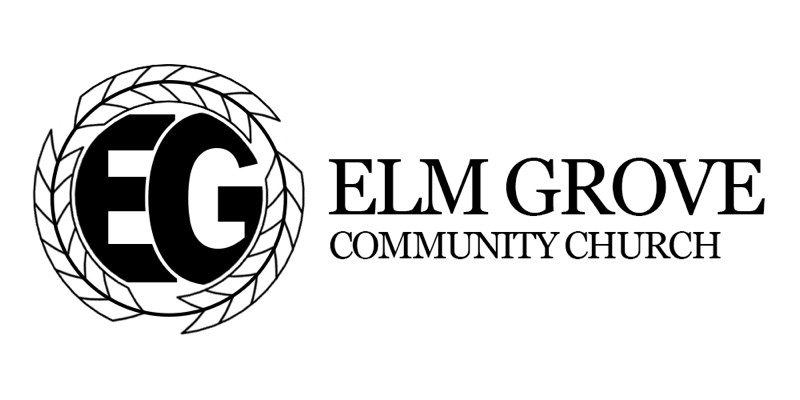What We Believe

The Assemblies of God grew out of the Pentecostal revival, which began in the early 1900s in places such as Topeka, Kansas, and the Azusa Street Mission in Los Angeles. During times of prayer and Bible study, believers received spiritual experiences like those described in the book of Acts. Accompanied by "speaking in tongues," their religious experiences were associated with the coming of the Holy Spirit on the Jewish feast of Pentecost (Acts 2), and participants in the movement were dubbed "Pentecostals."
The Pentecostal movement has grown from a handful of Bible school students in Topeka, Kansas, to an estimated 600 million in the world today. Many participants who were baptized in the Holy Spirit during revivals and camp meetings in the early 1900s were not welcomed back to their former churches. These believers started many small churches throughout the country and communicated through publications that reported on the revivals. In 1913, a Pentecostal publication, the Word and Witness, called for the independent churches to band together for the purpose of fellowship and doctrinal unity. Other concerns for facilitating missionaries, chartering churches and forming a Bible training school were also on the agenda.
Some 300 Pentecostals met at an opera house in Hot Springs, Arkansas, in 1914, and agreed to form a new fellowship of loosely knit independent churches. These churches were left with the needed autonomy to develop and govern their own local ministries, yet they were united in their message and efforts to reach the world for Christ. So began the General Council of the Assemblies of God. Assemblies of God churches form a cooperative fellowship. As a result, the organization operates from the grass roots, allowing the local church to choose and develop ministries and facilities best suited for its local needs.

